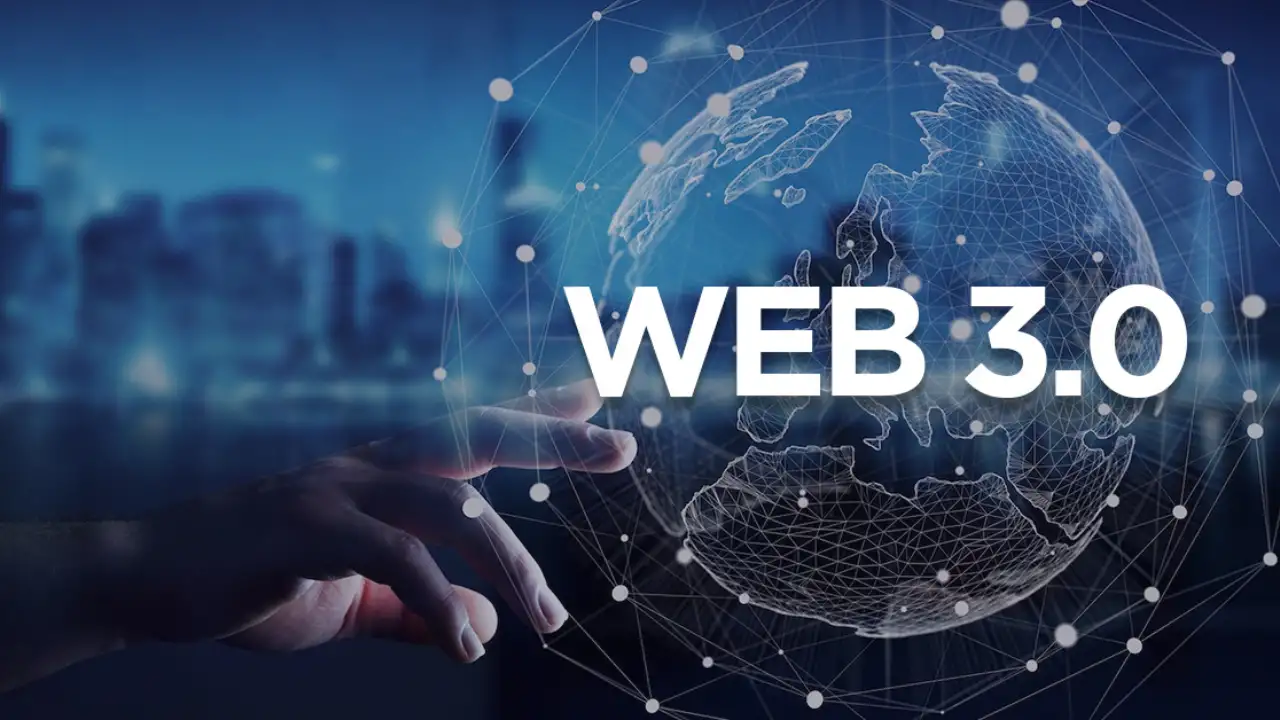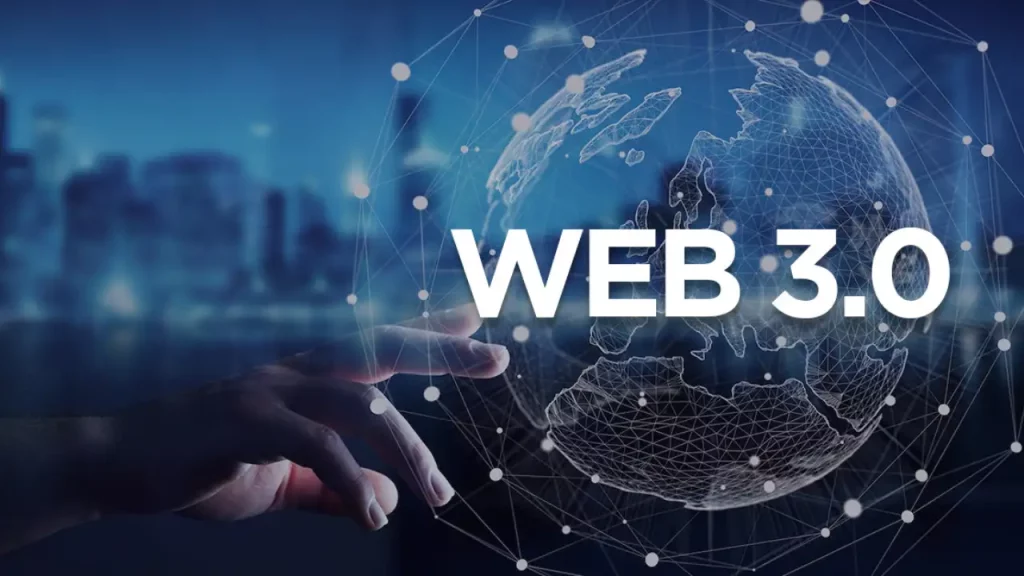
Exploring the Potential of Web3: The Future of Decentralized Applications
Web3, also known as the decentralized web, is the next generation of the internet where users have more control over their data and online interactions. It is built on the principles of decentralization, using blockchain technology and smart contracts to create a more open, transparent, and secure online environment. In this paper, we will explore the current state of Web3 technology, its potential use cases, and the impact it may have on various industries. We will also discuss the challenges and limitations that must be addressed to fully realize the potential of Web3. This paper aims to provide an overview of the exciting developments happening in the field of Web3 and highlights the opportunities and challenges that lie ahead.

Development of Web3 technology
The development of Web3 technology has been a gradual process that builds upon the advancements made in the previous generations of the internet.
Web1, also known as the “static web,” was the initial stage of the internet, where users could only access and view information that was pre-existing on web pages.
Web2, also known as the “dynamic web,” brought about the emergence of interactive and user-generated content, social media, and online commerce. However, despite these advancements, Web2 still lacked the decentralization and security that Web3 aims to provide.
Web3, the decentralized web, is built on the principles of decentralization using blockchain technology and smart contracts. These technologies allow for the creation of decentralized applications (dApps) that are not controlled by any single entity and can be accessed by anyone with an internet connection. The use of smart contracts allows for the creation of decentralized autonomous organizations (DAOs) that can operate and make decisions without the need for a central authority.
The most popular implementation of web3 technology is Ethereum, a blockchain-based platform that enables the creation of decentralized applications, allowing it to leverage its smart-contract functionality to make transactions and agreements across the network. Other implementations like EOS, TRON, NEO, or IOTA are also gaining traction and building their own ecosystems.
The development of Web3 technology is still in its early stages and there are many challenges that must be addressed before it can reach its full potential. However, the advancements made so far have opened up a wide range of possibilities for creating a more open, transparent, and secure online environment.
The Current State of Web3
The current state of Web3 technology is that it is still in its early stages of development, with a limited number of decentralized applications (dApps) and users currently in existence. Despite this, there has been a significant amount of interest and investment in the technology, and development is ongoing.
One of the main challenges that Web3 technology currently faces is scalability. The current infrastructure for decentralized applications can only handle a limited number of transactions per second, which is far less than traditional centralized systems. Solving this scalability problem is crucial for the widespread adoption of Web3 technology.
Another challenge is interoperability. Currently, different blockchain networks are not easily compatible with one another, making it difficult to transfer assets and information between them. Efforts are ongoing to solve this problem, such as the development of cross-chain communication protocols like Polkadot, Cosmos, or Cosmos-SDK which allow for the establishment of a multichain-ecosystem.
Usability is also a challenge, as interacting with dApps and blockchain technology can be confusing and difficult for the average user. Efforts are being made to make dApps more user-friendly, but more work needs to be done to simplify the user experience.
Finally, the current state of Web3 technology is also challenged by low adoption levels. Despite the interest in the technology, many individuals and businesses are still hesitant to adopt decentralized applications due to a lack of understanding, trust, or readiness to change.
The Future of Web3
The future of Web3 technology is promising, with many potential use cases and the potential to disrupt various industries.
One of the most promising use cases for Web3 technology is decentralized finance (DeFi). DeFi is a new financial system built on blockchain technology that allows for peer-to-peer transactions, decentralized exchanges, and lending and borrowing platforms. This has the potential to greatly increase access to financial services for individuals and businesses, particularly in underbanked regions.
Another potential use case for Web3 technology is supply chain management. By using blockchain technology, it is possible to create an immutable and transparent record of all transactions in a supply chain. This can increase transparency, reduce fraud, and increase efficiency.
Digital Identity is another area where web3 is gaining traction, using blockchain technology, decentralized identifiers can be used to authenticate and verify individuals without the need for a central authority.
Gaming and prediction markets are also potential use cases for Web3 technology, as decentralized applications can facilitate transparent, secure, and trustless interactions between players and creators.
In terms of impact on industries, Web3 technology has the potential to greatly disrupt the traditional financial system, making it more inclusive, transparent, and efficient. The logistics and supply chain industry could also benefit greatly, improving transparency and security. The digital identity and gaming industries could also be greatly impacted by the emergence of Web3 technology.
However, it is important to note that while the potential of Web3 technology is promising, there are also significant challenges and risks that need to be addressed. These include legal and regulatory challenges, security risks, and concerns over privacy.
Overall, the future of Web3 technology is exciting, but further research and development are needed to fully realize its potential and address the challenges that currently exist.
Conclusion
In conclusion, the potential of Web3 technology to create a more open, transparent, and secure online environment is significant. The development of Web3 technology, built on blockchain and smart contracts, has opened up a wide range of possibilities for decentralized applications (dApps) and decentralized autonomous organizations (DAOs) that can operate without the need for a central authority.
The current state of Web3 technology is still in its early stages, with scalability, interoperability, usability, and adoption being key challenges that must be addressed. However, there is a significant amount of interest and investment in the technology, and development is ongoing.
The future of Web3 is promising, with potential use cases for decentralized finance, supply chain management, digital identity and gaming, and the potential to disrupt various industries.
However, it is also important to note that there are significant challenges and risks that must be addressed, such as legal and regulatory challenges, security risks, and privacy concerns.
In summary, the potential of Web3 technology is significant, and there are many exciting developments happening in the field. However, further research and development are needed to fully realize its potential and address the challenges that currently exist. This paper serves as an introduction to the exciting opportunities offered by Web3 technology and encourages further study and engagement with the topic.
